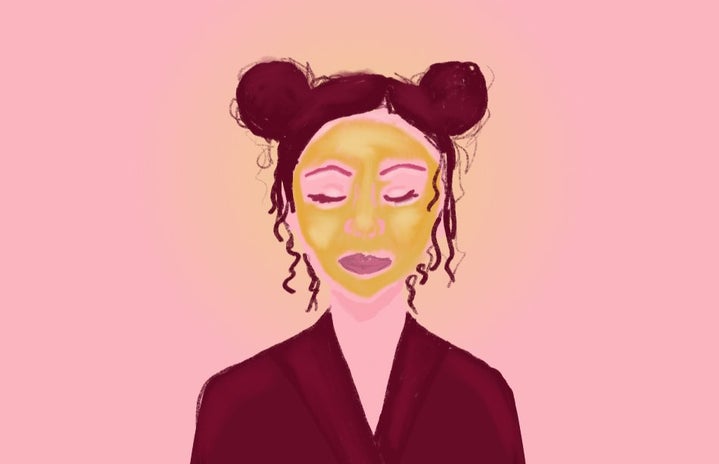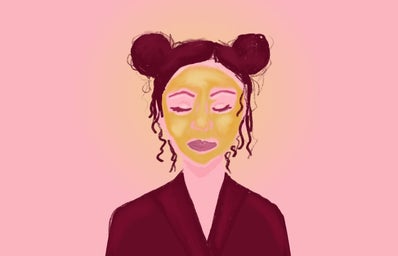Bacne (back acne) is a confidence killer. Like many of us, I fall victim to the rabbit hole that is social media, where celebrities and influencers post flawless pictures and videos of themselves—and you cannot help but realize how perfect they look, or how clear their skin is––even though we all know it’s filters and photoshop.
I almost gave myself whiplash a few times as I spun around to take a look at my own back acne. Cyst-like bumps and hyperpigmentation splattered on my shoulders and back made me think, “am I dirty because of my bacne? Am I not washing my body properly?”
Although acne, cellulite, pubic hair and facial hair have cracked the surface of mainstream culture, bacne has not yet done so. When doing a quick scroll through acne positivity or “free the pimple” posts and hashtags, you will see photos of pimples on cheeks or foreheads and chins, yet none of a blemished shoulder, back, pubic area, or butt. Yet, almost 60 percent of acne is found in other areas, aside from the face.
Body acne also differs from other forms of acne. Acne on the back can appear as bumps, whiteheads or blackheads. For some people, it can also be cystic, which can lead to scars being left behind. It is essentially a mix of excess oil, dead skin cells and an acne-causing bacteria that clogs pores and causes inflammation.
I have struggled with body acne for most of my life; ever since puberty. When I was a teenager, I had acne so bad I had to go on Accutane to treat it. Accutane is a medication for severe acne, and I was put on it for about nine months. I saw a big difference in the acne left behind on my face, but my back was still covered with giant marks, cyst-like pimples and blemishes that were too stubborn to go away. Because of how my back and shoulders looked, I suffered from low self-esteem. My back just did not look like others’. I avoided wearing tank tops for years to hide the red bumps on my upper shoulders in fear of someone pointing them out. I would avoid anything backless to hide my back because of how it looked; covered in acne scars and lumps. I avoided wearing bikinis––or anything of the sort––to the beach to hide the hyperpigmentation and acne blemishes left behind on my butt, wearing t-shirts and random shorts in the summer to cover up.
It was something I was embarrassed about. It made me feel dirty, even though I was clean. It made me hide my body for years and years to avoid the embarrassment I would feel if people saw my body acne. And it worked; I went years without wearing a bikini, tank-top or backless top. In fact, it was not until I was 18 when I first put on a bikini; 19 when I wore my first tank top in public, and 20 when I wore something backless.
The first time I wore a tank top was on a summer vacation, and instantly, I was asked about the bumps on my shoulder by my boyfriend’s father. “What are those on your shoulder, Kayla?” he asked me. I was instantly embarrassed. I told him it was just always there – because it was. I don’t know what my shoulders looked like without them.
Body acne is such a common thing, so why aren’t we dusting them in glitter and describing them with empowering phrases? Why are we still covering up our backs and shoulders as if it’s something to be shameful about? Acne is something everyone has—even adults—but when we see it on the chest, back or butt, it’s humiliating and deeply affects self-esteem, making it an almost traumatic experience to go through.
I had never seen skin like mine. From my back and shoulders covered in bumps, spots, and acne scars that do not go unnoticed, and doing 180-degree turns to try and pop them, it has taken my entire life to learn to love and accept my “blemishes” because of the stigma around something so normal.


